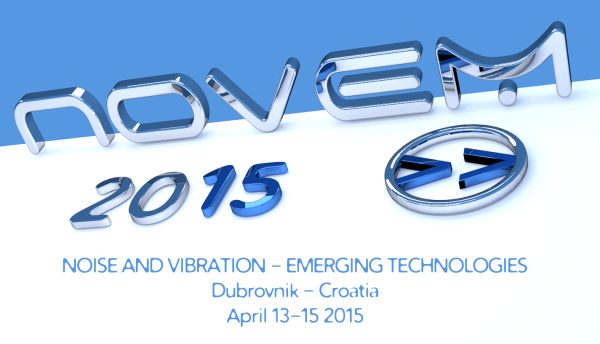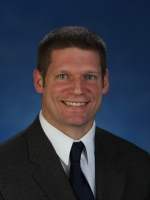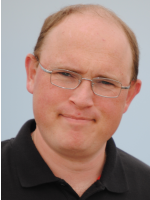
|
|
|
Forum > Forum I: Simulation MethodsForum I: Cost-Effective Simulation Methods of VibroacousticsChair: Dr. Alexander Pieffer - Head, Department of Noise and Vibration Control, EADS Dr Rob Campbell, Pennsylvania State University, US High Performance Computing for Structural Acoustics using Boundary and Finite Element MethodsThe decreasing costs of computer hardware, including costs for processors, data storage, and memory, is making commonplace the use of High Performance Computing (HPC) for engineering design and analysis. While some engineering disciplines make good use of HPC, such as computational fluid dynamics (CFD), the use of HPC for structural acoustic calculations is less widespread. The various options for performing structural acoustic calculations using finite and boundary element techniques-using modal and direct methods-for both steady state and transient events will be discussed in the context of high-performance computing. An overview of past and current trends in computer costs and architecture will be presented along with a discussion of the salient attributes of HPC, including domain decomposition techniques, highly parallelized liner equation solvers, and inter-processor communications. My view of the current state of HPC use for structural acoustics will be presented, with comparisons made between structural acoustics and CFD software and approaches. Sample computational scaling study results will be discussed to demonstrate the current computational capabilities using a mid-range computer cluster and the Sierra-SD software (developed and maintained by the United States Department of Energy). Finally, observations are made relative to pre-processing limitations during model construction and techniques to reduce potentially large output file sizes.
Dr. Gregor Tanner, Nottingham University, UK
The future of high-frequency vibro-acoustic simulation methods in engineering applicationsThere is a well-established and generally accepted simulation tool chain for modelling vibrational dynamics in the low frequency regime. Multi-Body Simulation (MBS) and Finite Element Methods (FEM) have become the industry standard over the last 50 years or so and are used everywhere in the development cycle of today's complex vehicle structures.
Dr. Benoit Van den Nieuwenhof, Free Field Technologies, Belgium
Efficient Simulation of the Acoustic RadiationMany industrial automotive or aerospace applications involve the propagation analysis of the sound that is either radiated by vibrating structures or induced by a flow. In that context, numerical simulation may definitely offer an efficient and robust alternative to experimental prototyping for both analysis and design. The finite element method has been widely used for tackling such NVH problems. In this context, the efficient modelling of far field using non-reflecting boundary conditions (NRBC) remains a challenge, as NRBC needs to fulfil three criterions. First, the results have to be accurate, and an a-priori estimation of precision that can be expected should be available. Secondly, modelling limitations have to be clearly identified (propagation equations that are solved, capability to handle a non-homogeneous model). Finally, the computational efficiency is a major concern, and the NRBC alone may trigger the need for HPC given the model size and the considered frequencies. This keynote paper reviews various mathematical and discrete models for the NRBC (such as finite/infinite elements, perfectly-matched-layers, buffer-zone, boundary elements) and compares them w.r.t. these three challenges. Aspects related to data recovery in the far field (radiated power, directivity plots) are also covered. The comparison scopes the acoustic propagation with or without the presence of a mean flow. Numerical applications are finally presented that demonstrate the methods and concepts. |
| Online user: 1 | eRSS Feed |

|




